Ideal combination for the first time visitor to Brazil. Excellent to get a resume of what this country is about and start planning further trips to explore its diversities. Rio de Janeiro, Foz do Iguaçu and São Paulo, have it all: nature, culture, beaches…
Rio de Janeiro, commonly referred to simply as Rio, is the capital city of the State of Rio de Janeiro, the second largest city of Brazil, and the third largest metropolitan area and agglomeration in South America, 6th largest in the Americas, and 26th in the world... . It’s the most visited city in the southern hemisphere and is known for its natural settings, carnival celebration, samba, Bossa Nova and less but not least its beaches. Rio is inhabited by a colorful mixture of European, African and native peoples. They are a friendly bunch and are always ready for a chat and a cold beer. Rio has a tropical climate with an average temperature of 26C.
Foz do Iguaçu makes up the border with Argentina and Paraguay, but its main attraction is without any doubt the majestic waterfalls. The Falls of Iguaçu are classified world heritage by Unesco since 1986 and are a must for the nature lover. They are the most impressive waterfalls in the world and also the biggest and are the result of the confluence of the rivers Parana and Iguacu. The water body plunges 65 m. deep, over a 4 km wide geological crack where it comes thundering down with an ear deafening sound into a natural amphitheater. Foz do Iguacu has a sub-tropical climate with temperatures that can plummet to -5C during the European summer and that can reach as high as 40C during the European winter.
Sao Paulo, the world’s most densely populated city after Tokyo and Mexico City, counts an estimated 11 million citizens, forty times more than a century ago. On weekends, that number can decrease to about a third, as the ‘Paulistanos’ retreat en masse to the tranquility and leisure of their summerhouses along the coast or their ‘fazendas’ upstate. It’s population is made up of mainly European immigrants who arrived over the last 2 centuries; it has the largest community of Japanese exiles in the world as well as a multitude of Brazilian ‘opportunity’ migrants from all parts of the country, mainly the northeast. Although not as exotic as other Brazilian cities and regions, Sao Paulo today is the business hub of Latin America and certainly worth a visit. Sao Paulo has a sub-tropical climate with average temperatures of 20C.
- Category
- Location
- Days12
- Nights11
- AccomodationStandard
- Duration11 days / 10 nights
- Subject toavailability
- RatesPP in DBL room
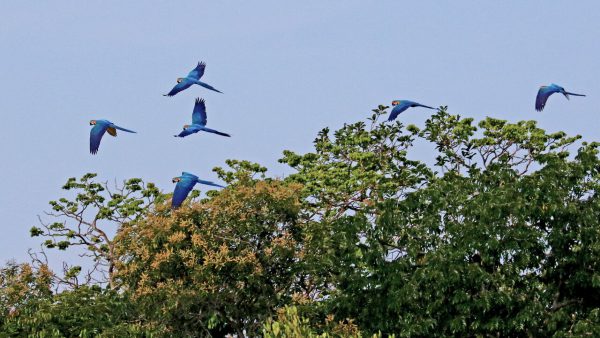
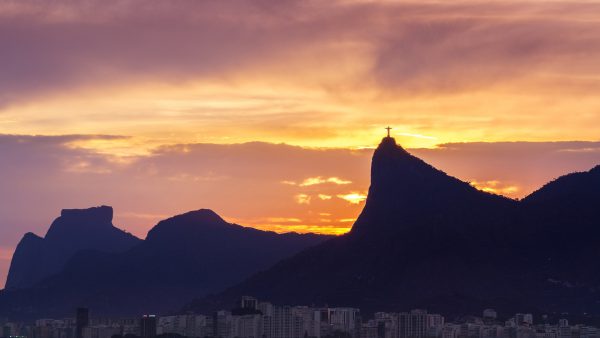
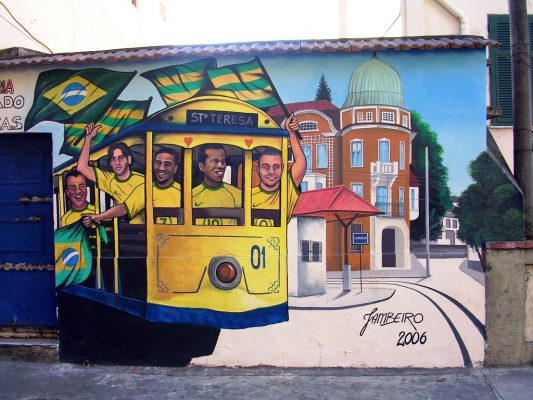
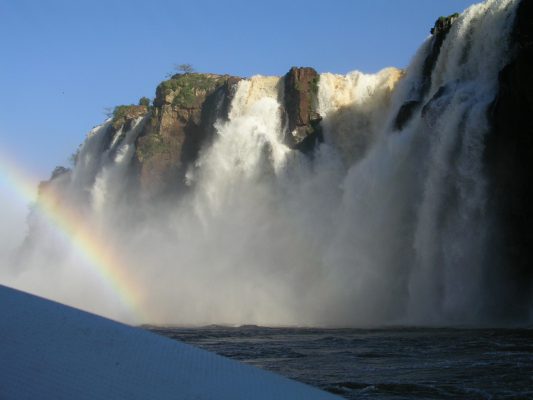
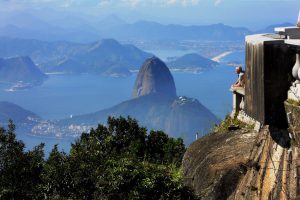
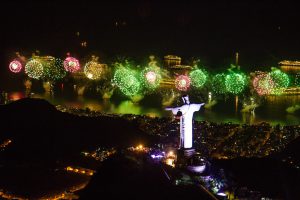
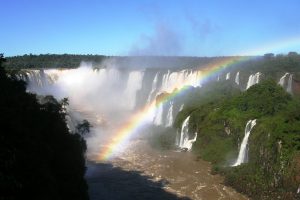
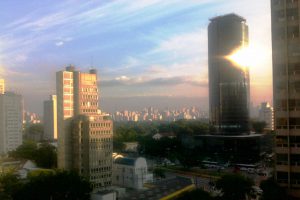
There are no reviews yet.